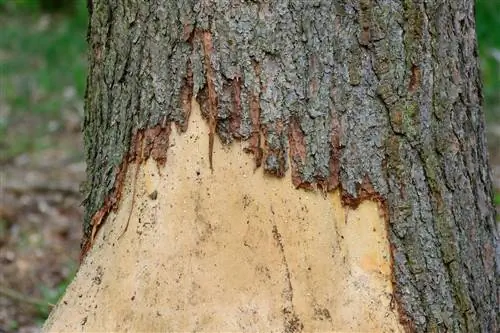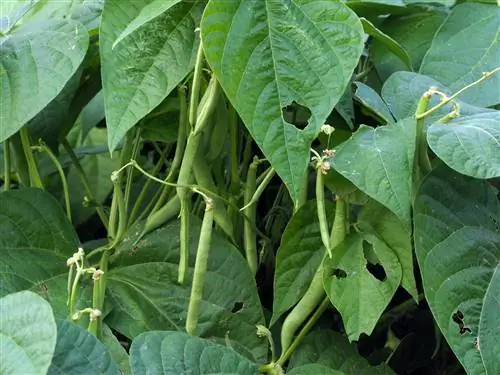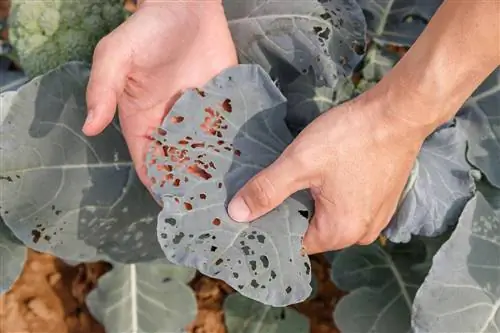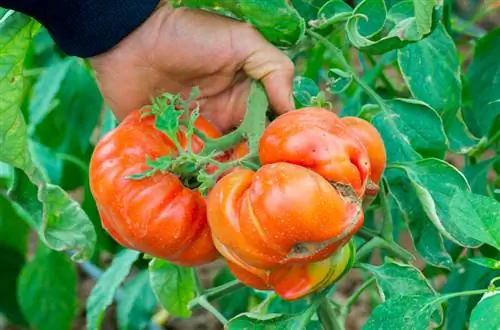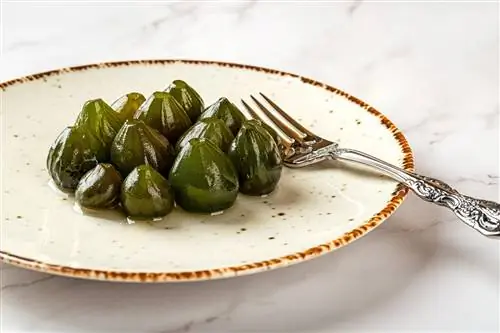- Author admin [email protected].
- Public 2023-12-16 16:46.
- Last modified 2025-01-23 11:22.
Maybe you were too impatient or just didn't know any better - in any case, you ate unripe physalis. This can cause unpleasant symptoms. Below you will find out why this is the case and what you should do if you have eaten unripe fruits of the nightshade family.

What happens if I ate unripe physalis?
If you have eaten unripe physalis, the result can bestomach crampsand accompanying symptoms such asdiarrhea or vomiting. The reason for this is the alkaloid solanine. It is found in large quantities in the unripe fruits of the nightshade plant and makes them slightly poisonous.
Why shouldn't I eat unripe Physalis?
Unripe fruits of Physalis peruviana contain thealkaloid solanineand are therefore consideredslightly poisonous In order to completely rule out symptoms of poisoning from eating the berries, you should only eat specimens that are fully ripe.
What should I do if I ate unripe physalis?
After eating unripe physalis, you should first and foremoststay calm You can usually cure the common symptoms, i.e. abdominal cramps and diarrhea, at home within a few days. If you have only eaten two or three unripe Andean berry fruits, with a bit of luck you will escape completely without any unpleasant symptoms of poisoning.
Important: If symptoms last longer or are more severe, you should consult a doctor as soon as possible.
Tip
This is how you recognize ripe Physalis
You can recognize ripe physalis by the brownish, parchment-like dried lantern shells and the strong dark yellow or orange of the fruits. It is also worth knowing that the fully ripe berries usually fall off the physalis on their own. But be careful: sometimes they do this even when they are damaged. So always pay attention to the characteristic features of ripe Physalis fruits.


